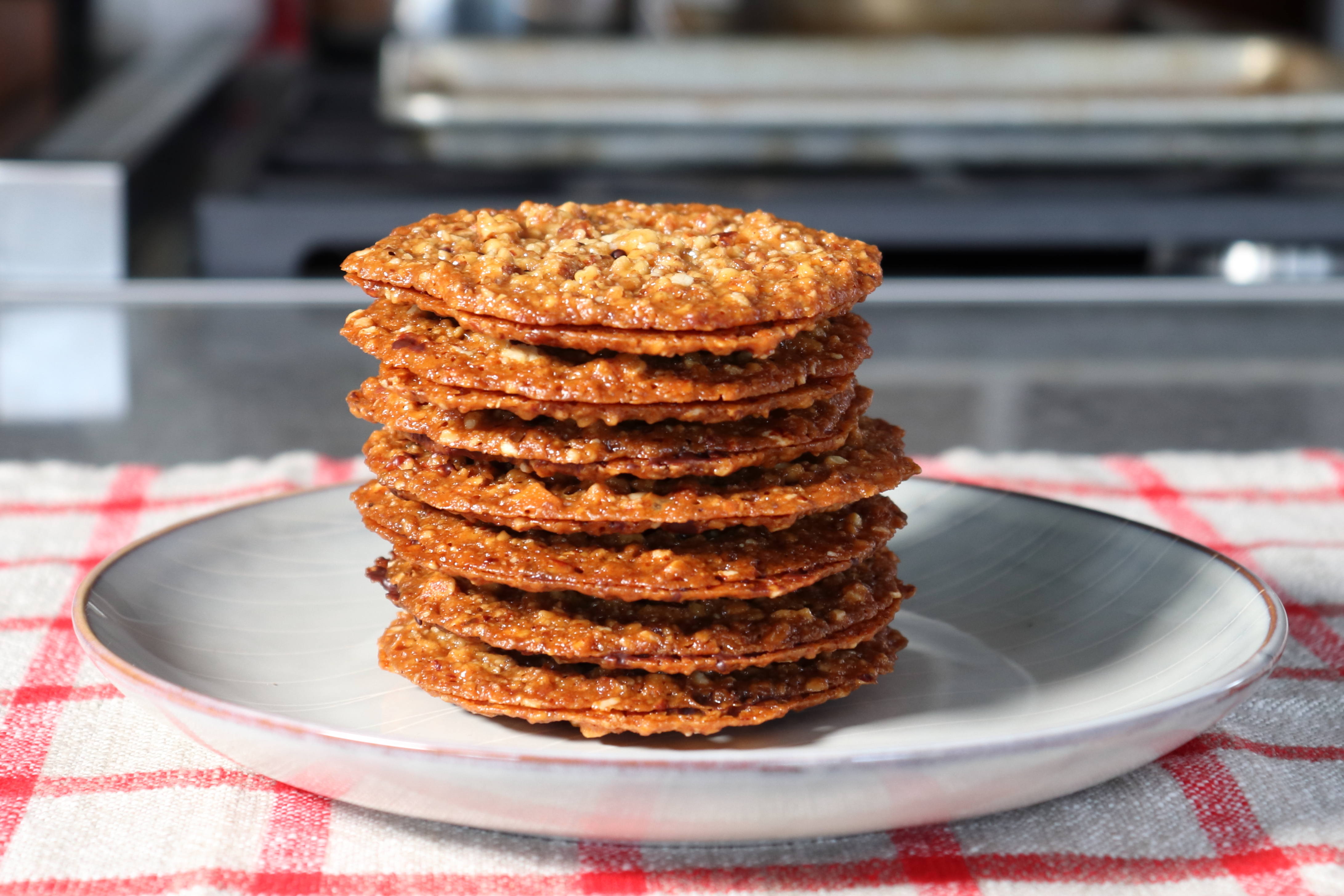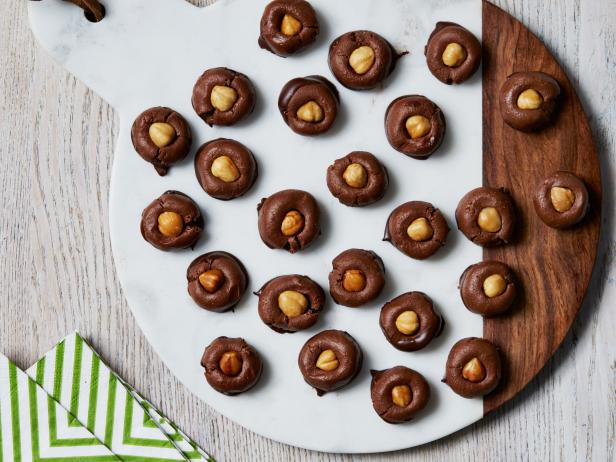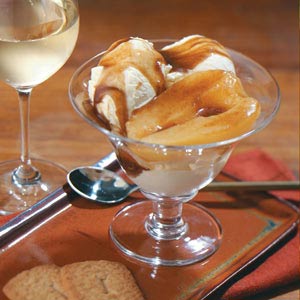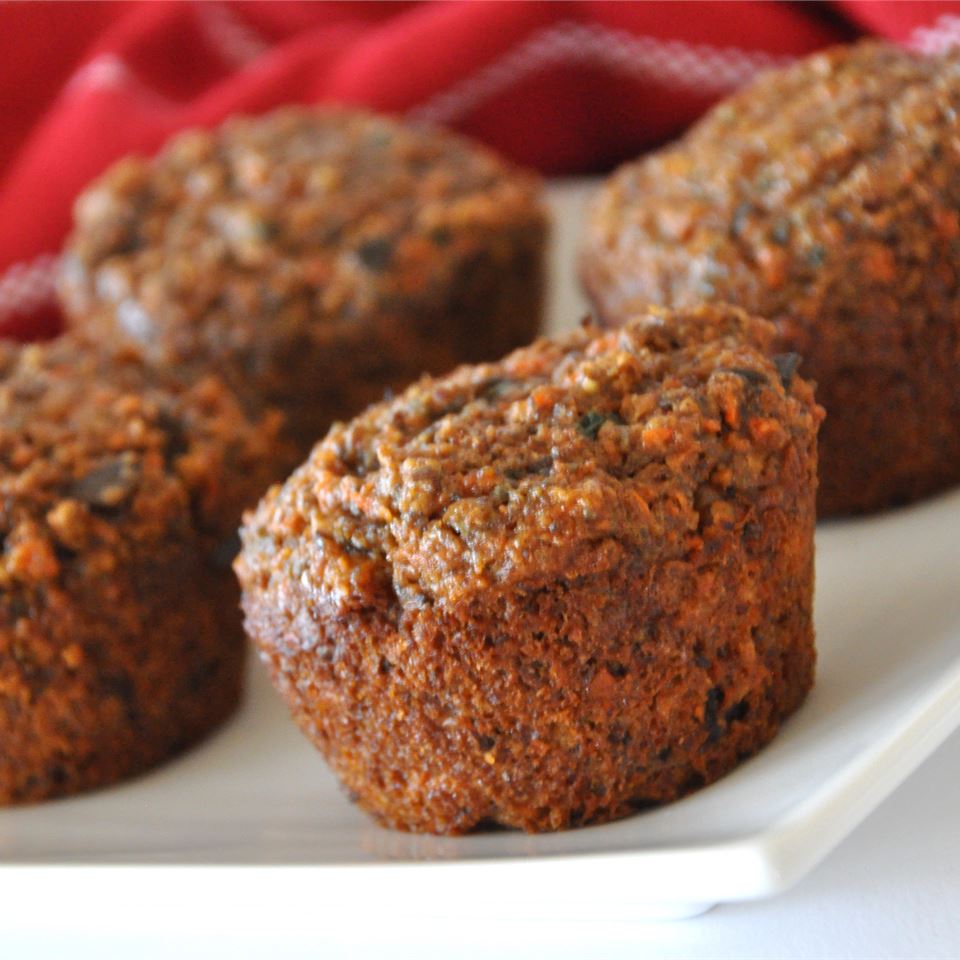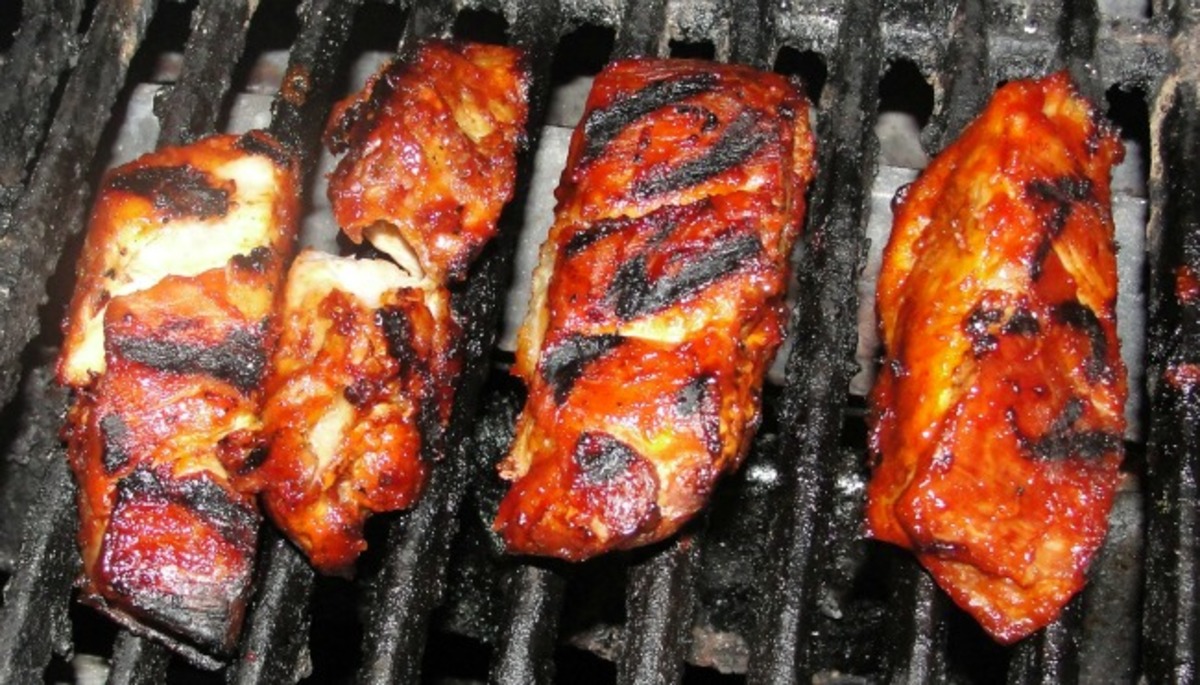**Chapatis: A Culinary Journey Through India and Kenya**
Chapatis, also known as chapattis or rotis, are a staple flatbread in many households across India and Kenya. These unleavened flatbreads are made with whole wheat flour, water, and salt, and are traditionally cooked on a hot griddle or tawa. The result is a soft, pliable bread that can be enjoyed on its own or paired with a variety of dishes. In this article, we will explore the rich culinary traditions of chapatis in both India and Kenya, and provide you with two delicious recipes to make your own chapatis at home.
**Indian Chapatis: A Culinary Symbol of Unity and Diversity**
In India, chapatis hold a significant place in the country's diverse culinary landscape. They are a staple in many regional cuisines, from the North to the South, and are often served alongside curries, vegetables, and lentils. The simplicity of chapatis makes them a versatile accompaniment to a wide range of dishes, and their wholesome ingredients provide essential nutrients for a balanced diet.
**Kenyan Chapatis: A Fusion of Flavors and Textures**
In Kenya, chapatis have become an integral part of the country's culinary identity. Originally introduced by Indian immigrants in the 19th century, chapatis have seamlessly blended with local ingredients and cooking techniques to create a unique Kenyan version of this beloved flatbread. Kenyan chapatis are often served with stews, curries, and grilled meats, and are known for their slightly crispy texture and distinct flavor.
**Two Recipes to Satisfy Your Chapati Cravings**
In this article, we present two delectable recipes for chapatis:
1. **Traditional Indian Chapatis:** This recipe takes you on a culinary journey to India, with a step-by-step guide to making soft and fluffy chapatis using whole wheat flour, water, and salt.
2. **Kenyan-Style Chapatis:** Embark on a taste adventure to Kenya with this recipe, which incorporates coconut milk and all-purpose flour to create a crispy yet tender chapati.
Whether you are a seasoned cook or a novice in the kitchen, these recipes will guide you through the process of making delicious chapatis that are sure to impress your family and friends. So, gather your ingredients, heat up your tawa, and get ready to embark on a culinary adventure with chapatis.
CHAPATIS (INDIAN OR KENYAN WHOLEWHEAT FLATBREAD)
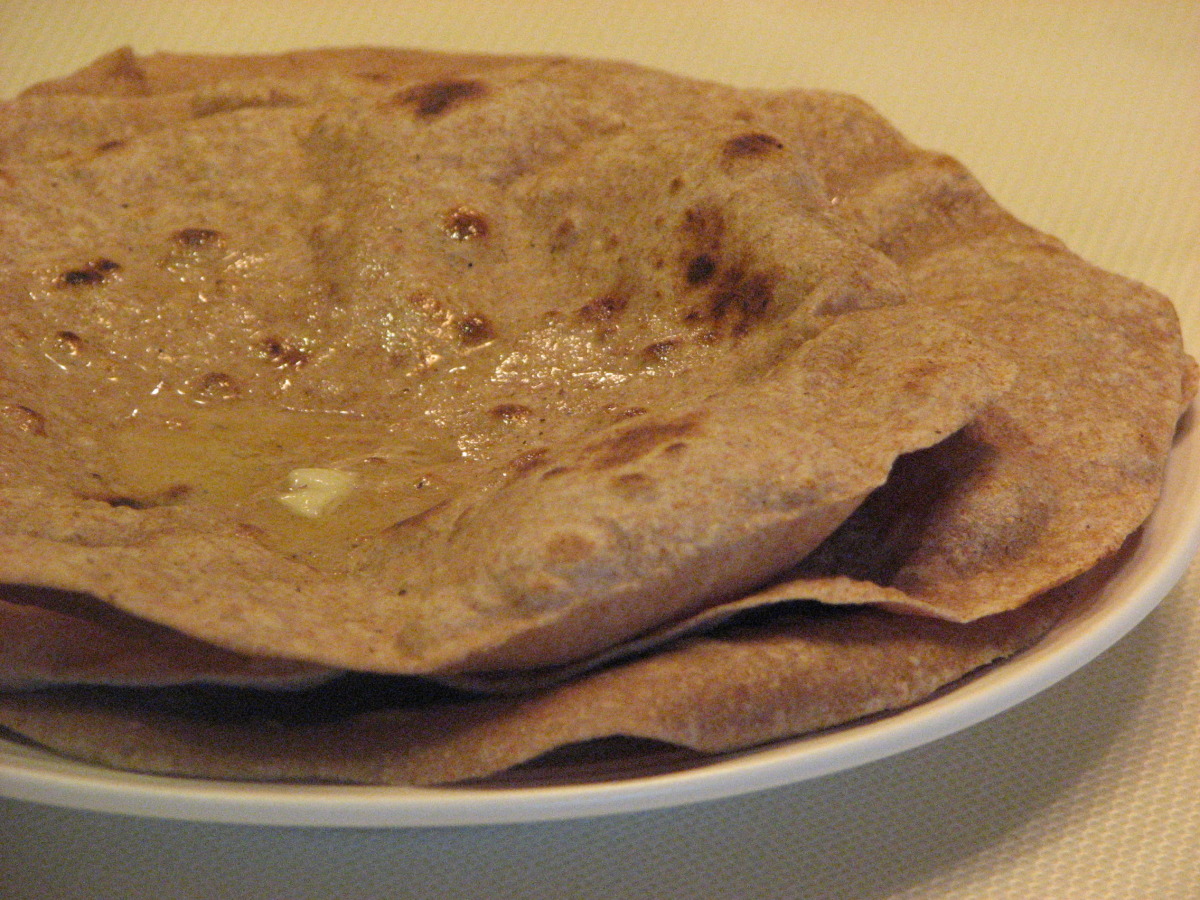
This is a recipe by Guy Fieri that I saw on Guy's Big Bite. Easy and tasty - a really good recipe. The cooking time is for only one batch of griddling because it depends on how big your griddle is. Each flatbread counts as 1 WW point. Enjoy!
Provided by Nif_H
Categories Breads
Time 40m
Yield 8 flatbreads, 8 serving(s)
Number Of Ingredients 3
Steps:
- In a medium bowl, combine flour and salt. Using a wooden spoon, slowly stir in water, until dough forms. Lightly flour a clean board and knead dough until smooth, about 10 minutes. Rest dough in bowl, covered with damp towel for 20 minutes.
- Preheat a griddle over medium heat.
- Divide dough into 8 equal balls. Using a floured rolling pin, roll balls out on floured board to 7 inches in diameter, about 1/4-inch thick. Place the rolled out dough onto griddle. Flip when raised bumps appear on the surface of the dough, about 1 to 2 minutes. Cook second side until it turns golden. Do not cook too long or flatbread will become brittle. Cover flatbread with a towel up to 20 minutes before serving.
INDIAN WHOLE WHEAT GRIDDLE BREADS: CHAPATIS
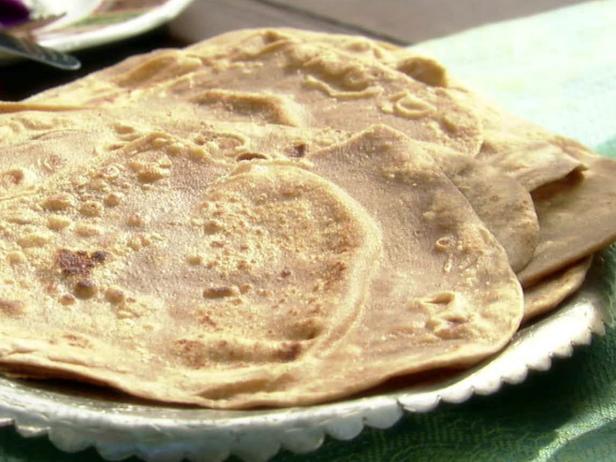
Provided by Aarti Sequeira
Time 1h15m
Yield 12 chapatis
Number Of Ingredients 4
Steps:
- Pour the flour and salt into a large bowl. Slowly pour water into the flour, moving your other hand through the flour in circular motions, until it starts to come together. Then, either in the bowl or on your counter (which you might want to lightly flour to prevent sticking), knead the dough for about 10 minutes. The dough should be soft and pliant.
- Return the ball of dough to the bowl and rub the surface of the dough with a little oil to keep it from drying out. Cover with plastic wrap or a damp cloth and allow to rest about 30 minutes.
- When you're ready to make chapatis, assemble your tools: a small, flat bowl of whole wheat flour, a small bowl of olive oil or melted butter with a small spoon in it, and a paper towel-lined plate or container for the finished breads.
- Heat a flat griddle or cast iron skillet over medium-high heat. Meanwhile, on a lightly-floured surface, work the ball of dough into a long log. Cut into 12 equal pieces by cutting it in half, and then half again. Cut each of the quarters into 3 equal pieces. Return to the bowl and cover with a damp towel to prevent them from drying out.
- To roll the chapatis: Roll a piece of dough between your palms to form a ball, and then flatten with your palm. Dunk this puck in the bowl of flour, and then roll until it's a 4-inch circle. Spoon about 1/4 teaspoon of oil in the center of the circle, and spread it out almost to the perimeter of the circle using the back of the spoon. Fold the circle in half, then in half again, so it forms a triangle. Seal the edges, and dunk in flour again if it's sticky.
- Start rolling, turning the triangle a quarter turn after each roll, until it's about 6-inches wide, with an even thickness. After some practice you'll be able to roll the chapati and rotate it without picking it up; I do this by weighing down a little on my right hand and pushing the chapati around that way.
- Test the griddle by sprinkling a little flour on it; if it turns brown immediately, it's ready. Flapping the chapati between your hands to remove any excess flour, slap the chapati onto the griddle. It should start darkening almost immediately.
- When small bubbles start to form, spread a little oil over the surface of the chapati, then flip. It should start to puff up. Spoon a little oil over this side too, and when it's puffed up a little more, flip. Press down on the edges of the chapati with your spatula or (if you're brave!) with a dry rag. This will seal the edges and encourage the entire chapati to puff up. If you spot any holes, press down on those too so the air doesn't escape. Allowing the air to stay inside the whole chapati makes it flaky and light. But don't fret if your first few don't puff up; it takes practice! It will still taste delicious.
- Remove to your container. Repeat with the remaining dough, and serve the chapatis hot.
QUICK WHOLE WHEAT CHAPATI
Chapati is an unleavened whole wheat bread that is eaten in India. We love to use it as a wrap.
Provided by desertdweller
Categories Bread Quick Bread Recipes
Time 20m
Yield 8
Number Of Ingredients 3
Steps:
- Mix flour and salt together in a bowl. Stir in water to form a soft dough.
- Turn dough out onto a lightly floured work surface and knead several times. Divide into 8 pieces and roll each into a ball. Roll each ball into a very thin round using a rolling pin.
- Heat a griddle over medium-high heat. Cook each dough round on griddle until dough bubbles and blisters appear, about 2 minutes. Flip and cook until lightly browned on the other side.
Nutrition Facts : Calories 127.1 calories, Carbohydrate 27.2 g, Fat 0.7 g, Fiber 4.6 g, Protein 5.1 g, SaturatedFat 0.1 g, Sodium 220.8 mg, Sugar 0.2 g
CHAPATI (INDIAN FLAT BREAD)
Chapati is the most commonly eaten bread in Northern India. It is very similar in shape to the Mexican tortilla, but very different in texture and flavor. If you make Chapati ahead of time, reheat before serving by wrapping a stack in foil and heat in a 325° oven for 10 to 15 minutes. If they seem dry, sprinkle a little water before reheating. Prep time does include dough standing time. Serve with Recipe #482643 482643.
Provided by breezermom
Categories Breads
Time 2h46m
Yield 24 Chapati
Number Of Ingredients 6
Steps:
- In a large mixing bowl stir together the whole wheat flour, all-purpose flour, and the salt. Add 3/4 cup of the warm water while mixing constantly with your hands till the dough is moist. Add the remaining water, 1 tbsp at a time, mixing constantly with your hands. Keep working the dough till the dough forms a ball and holds its shape. (The dough will be stiff).
- Dampen your hands. Keep the dough in the mixing bowl to knead. Knead in an additional 2 tbsp all-purpose flour, if necessary, to make a moderately stiff dough. Knead dough till smooth and elastic (8 to 10 minutes). Continue dampening hands, as needed, during kneading. The dough is ready for shaping when you can lightly and quickly press two fingertips 1/4 inch into the dough and the dough springs back.
- Shape the dough into a ball. Cover the bowl with a damp towel. Let the dough stand in a warm place for 30 to 60 minutes.
- Turn the dough out onto a lightly floured surface. Knead dough 1 to 2 minutes more. Divide the dough in half. Form each half into a 12 inch long roll. Cut each roll into 12 one-inch pieces. Flatten each piece of dough with the palm of the hand.
- Sprinkle some flour over the flattened balls. Cover with plastic wrap. Let rest for 30 minutes.
- On a well floured surface roll the flattened ball into a circle 7 to 8 inches in diameter, turning the dough over once and firmly pressing and stretching the dough with the rolling pin.
- Roll around the rolling pin, and transfer to a hot, greased griddle or heavy skillet. Cook over medium heat about 1/2 to 1 minute or until tiny brown spots appear. Using tongs, turn and cook 30 seconds more. Remove from heat; Brush with Usli Ghee or melted shortening. Repeat with the remaining balls.
- Stack the hot Chapati in a napkin-lined breadbasket to keep warm. Serve immediately.
CHAPATI BREADS
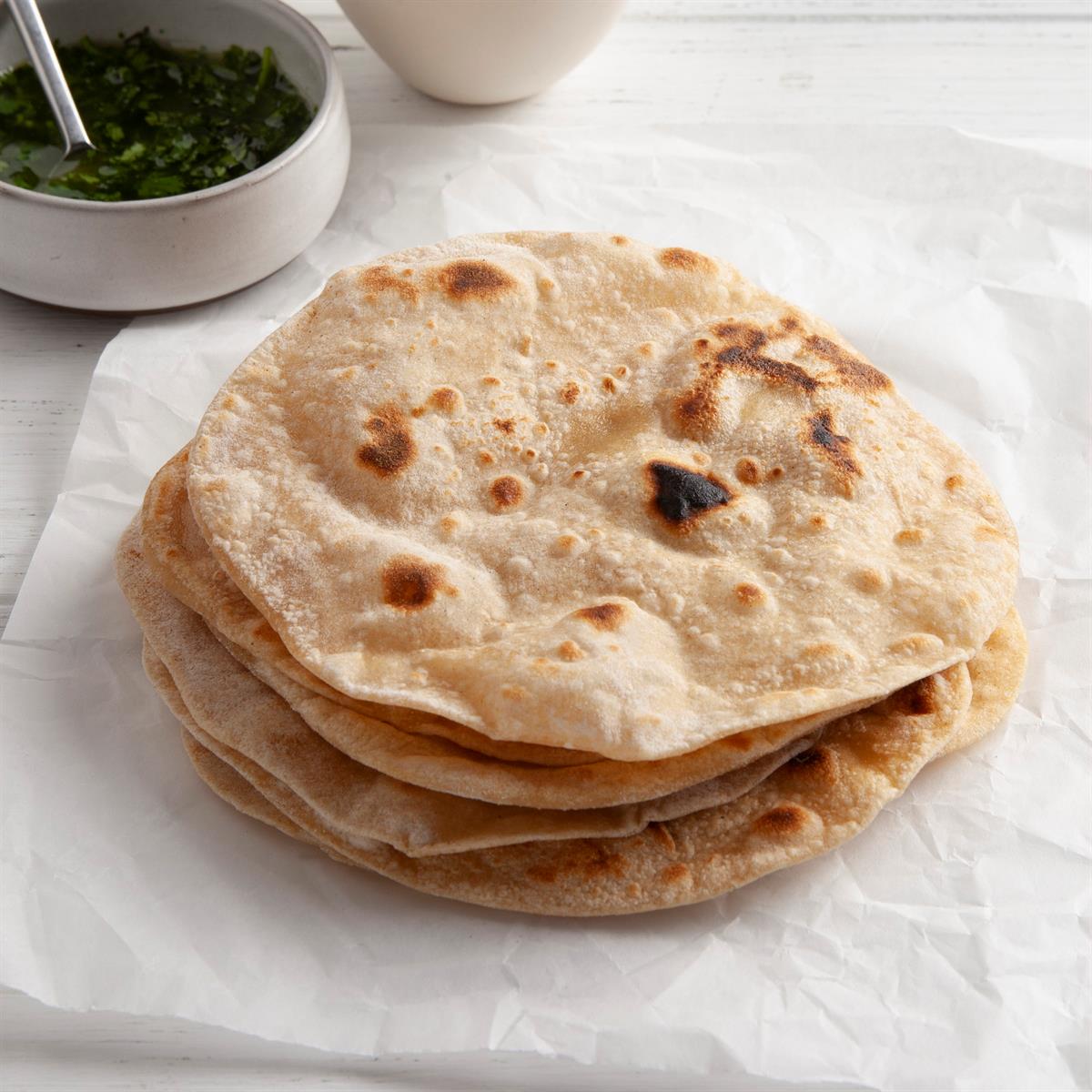
My daughter and I prepare this Indian flatbread frequently. It is so fun to make and goes well with any spiced dish. We use the extras to make sandwich wraps. -Joyce McCarthy, Sussex, Wisconsin
Provided by Taste of Home
Time 25m
Yield 10 servings.
Number Of Ingredients 6
Steps:
- In a large bowl, combine the flours, salt and, if desired, garlic powder. Stir in water and oil. Turn onto a floured surface; knead until smooth and elastic, 8-10 minutes. Cover and let rest for 30 minutes. Divide dough into 10 portions. On a lightly floured surface, roll each portion into a 6-in. circle. In a large cast-iron or other heavy skillet, cook breads over medium heat until lightly browned, 1 minute on each side. Keep warm.
Nutrition Facts : Calories 113 calories, Fat 3g fat (0 saturated fat), Cholesterol 0 cholesterol, Sodium 237mg sodium, Carbohydrate 19g carbohydrate (0 sugars, Fiber 1g fiber), Protein 3g protein. Diabetic Exchanges
Tips:
- Use the right flour: Whole wheat flour or atta is the traditional choice for chapatis, but you can also use all-purpose flour or a combination of the two. If you're using whole wheat flour, make sure it's finely ground to avoid a gritty texture.
- Knead the dough well: Kneading the dough until it's smooth and elastic will help to develop the gluten and make the chapatis more pliable.
- Let the dough rest: After kneading, let the dough rest for at least 30 minutes. This will help to relax the gluten and make the chapatis easier to roll out.
- Roll out the dough thinly: The thinner you roll out the dough, the more tender and flaky the chapatis will be.
- Cook the chapatis over medium heat: Cooking the chapatis over medium heat will help to prevent them from burning.
- Flip the chapatis frequently: Flip the chapatis frequently to ensure that they cook evenly.
- Serve the chapatis hot: Chapatis are best served hot off the griddle. You can keep them warm by wrapping them in a clean kitchen towel.
Conclusion:
Chapatis, known for their versatility and simple ingredients, serve as a staple food in many cultures worldwide. From the vibrant streets of India to the bustling markets of Kenya, these whole wheat flatbreads are a culinary delight enjoyed across borders. While slight variations exist in recipes and cooking methods, the essence of chapatis remains the same: a soft, pliable bread that complements a wide array of dishes. As a testament to their timeless appeal, chapatis continue to be a beloved culinary tradition, bridging cultures and bringing people together over a shared love for this humble yet satisfying flatbread.
Are you curently on diet or you just want to control your food's nutritions, ingredients? We will help you find recipes by cooking method, nutrition, ingredients...
Check it out »
You'll also love




